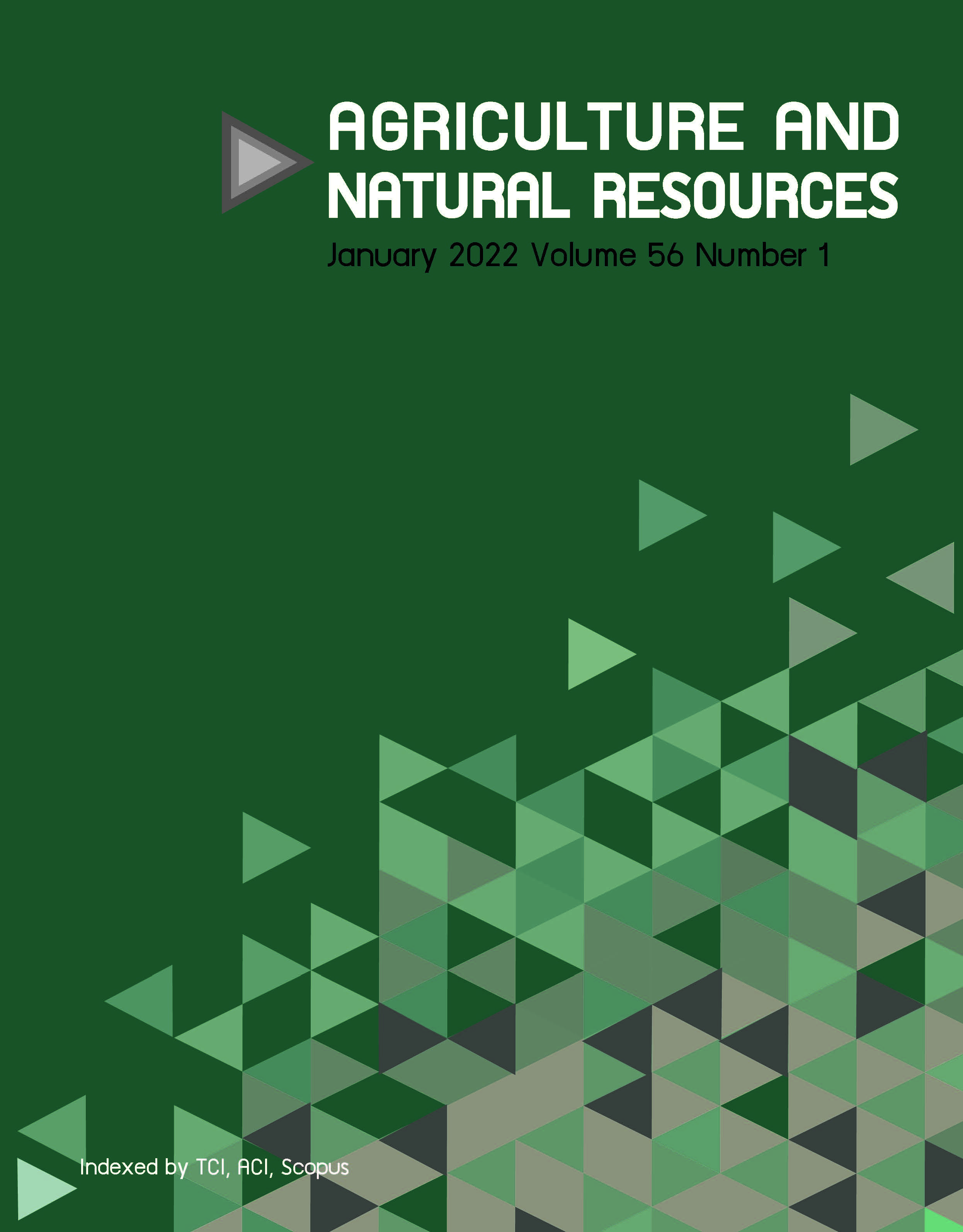Population dynamics and projections of fruit flies Bactrocera dorsalis and B. carambolae in Indonesian mango plantation
Keywords:
Abiotic factors, Abundance, Fruit fly, Population projectionAbstract
Importance of the work: The availability of information about fruit fly population dynamics, determinant factors and predictions for the future are pivotal for establishing control measures and are important study topics.
Objectives: The objectives of this study were: to analyze the population dynamics of Bactrocera dorsalis and B. carambolae fruit flies; to evaluate the effect of abiotic factors on population abundance; and to estimate the projection of population dynamics using a mathematical model.
Materials & Methods: Fruit flies were collected using modified Steiner traps filled with methyl eugenol. The traps were suspended on tree branches 2 m above the ground, with 20 replications. Fruit flies were collected weekly, with the samples transferred to the laboratory for further identification.
Results: In total, 1,011,820 individual fruit flies were collected, consisting of B. dorsalis (964,204 individuals or 71.74 individuals per trap) and B. carambolae (47,616 individuals or 3.54 individuals per trap. Sunshine duration had a significant, negative correlation with the abundance of B. dorsalis (r = -0.206; p = 0.004) and B. carambolae (r = -0.217; p = 0.002). The wind speed had a significant, negative correlation with the abundance of B. dorsalis (r = -0.211; p = 0.003) and B. carambolae (r = -0.162; p = 0.018); while wind direction had a significant, positive correlation with the abundance of B. dorsalis (r = 0.155; p = 0.023). Humidity had a significant, positive correlation with the abundance of B. dorsalis (r = -0.129; p = 0.048). The effects of temperature and rainfall were not significant on both species. Based on the ARIMA (1,0,3) model, the three-year projection indicated a fairly high population potential in 2021, even in months when the fruit fly population is usually low (March–July). Projections in 2022 and 2023 indicated an increasing trend in the population from August to December.
Main finding: With high population levels, B. dorsalis is a main pest of mangoes. Populations of both fruit fly species started to increase from October to December and then decreased from February to June. Population management efforts need to consider population determinants, especially wind direction.
Downloads
Published
How to Cite
Issue
Section
License
Copyright (c) 2022 Kasetsart Universityonline 2452-316X print 2468-1458/Copyright © 2022. This is an open access article under the CC BY-NC-ND license (http://creativecommons.org/licenses/by-nc-nd/4.0/),
production and hosting by Kasetsart University of Research and Development Institute on behalf of Kasetsart University.







